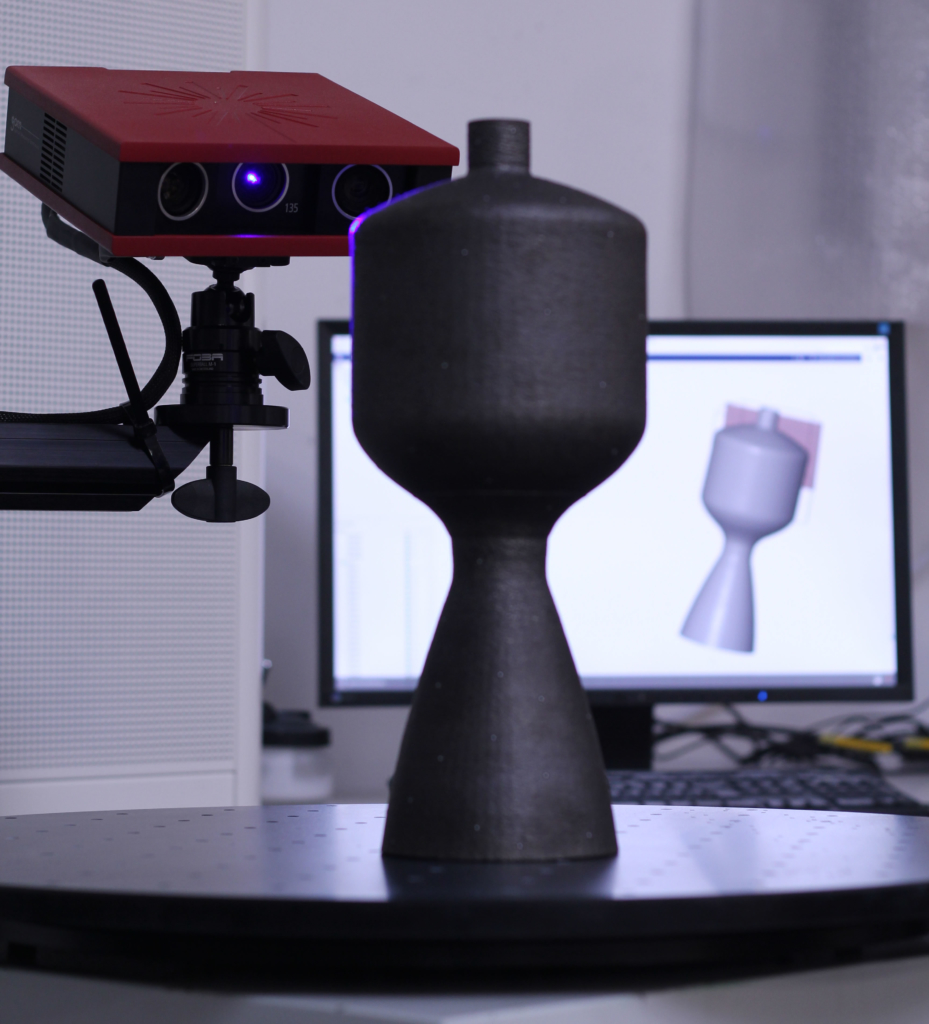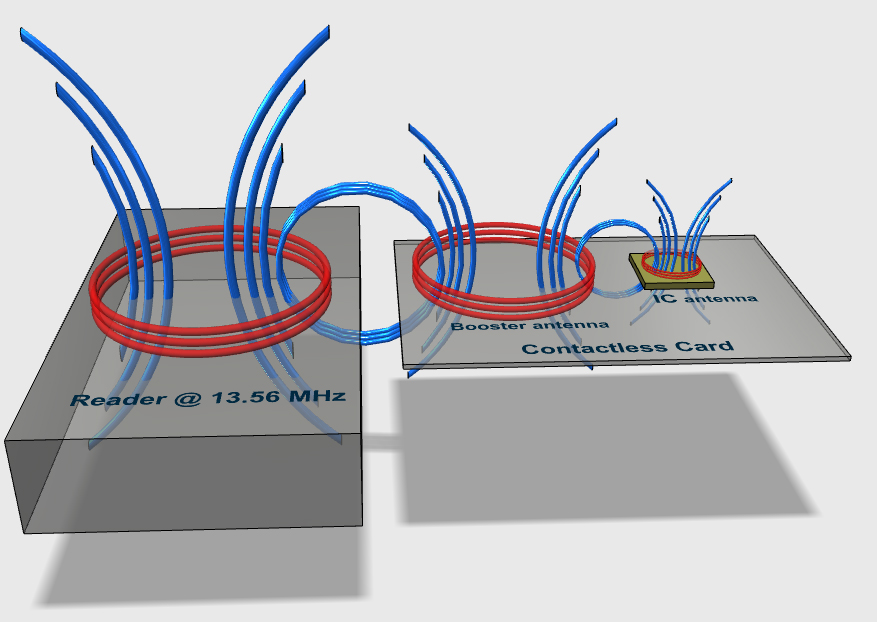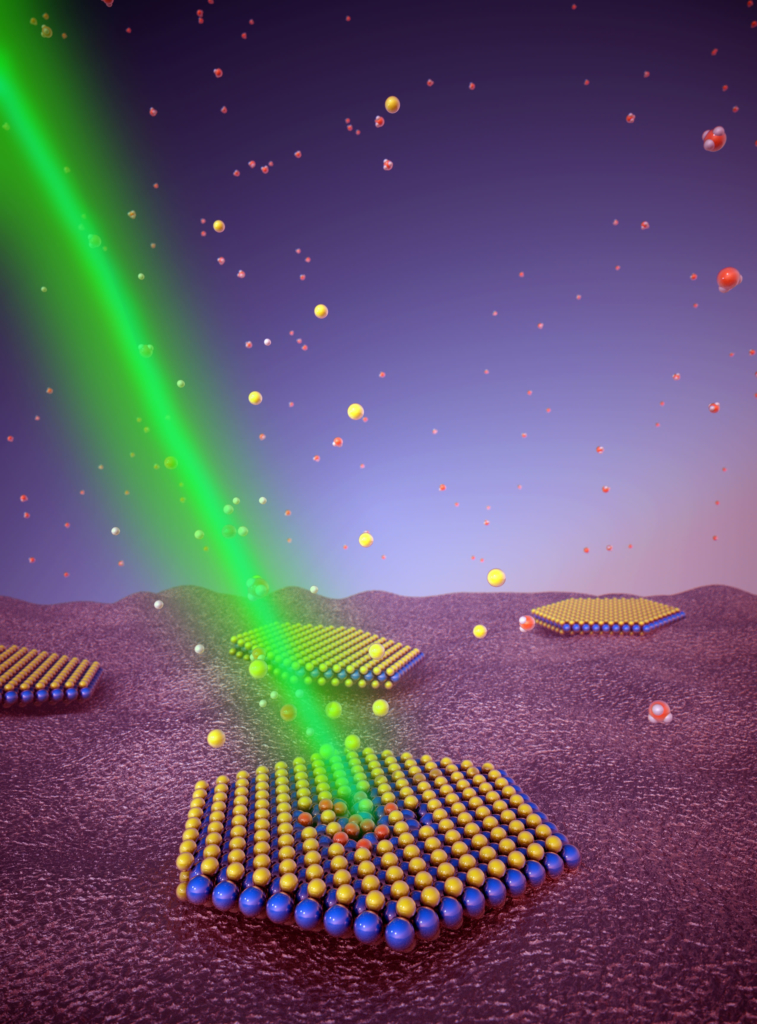It Can Only Be Done with Lasers
By Debbie Sniderman
From stars to phones, smart payment cards to medical implantable materials, lasers are reaching into more areas where traditional machining and processing methods don’t offer much needed precision, accuracy or sensitivity. LIA’s 35th International Congress on Applications of Lasers & Electro-Optics (ICALEO®) is the premier conference focusing on the research and scientific aspects of materials processing with lasers where attendees can learn about the latest developments and network with others.
This year’s conference will be held on Oct. 16-20 in San Diego and attendance is expected to be one of the best. With more than 200 scheduled presentations, invited speakers, 65 peer-reviewed talks, and biophotonics now being covered in every conference, ICALEO offers many new advances in laser technologies and how to apply them.
“The fundamentals of laser technologies and how to apply them, that are displayed here at ICALEO, are the foundations of new and unique products that can spur entire industries,” says LIA Executive Director Peter Baker.
Opening & Closing Plenaries
The Congress is again chaired by Silke Pflueger of Direct Photonics, and many new application areas will be highlighted in the opening and closing plenary talks. On Monday, three speakers will cover Lasers on Mars: Exploring the Red Planet with ChemCam Instrument Onboard the Curiosity Rover, Sensing Challenges for Fully Autonomous Vehicles, and First Observations with Advanced LIGO and the Beginning of Gravitational Wave Astronomy.
Thursday’s closing plenary talks on Lasers in the Dairy Industry – from Milk to Sperm, Lasers in Mobile Electronics, and High-power Laser Paint Stripping for Large Aircraft are compelling reasons to stay through the afternoon.
Hot Topics in the Laser Materials Processing Conference
Returning for his second year as chair, Christoph Leyens from Fraunhofer IWS says the LMP conference brings together laser, manufacturing and materials science disciplines. Traditionally it is the largest attended and broadest spectrum conference within ICALEO. This year expect a lively, in-depth look at the latest news, science, technology and applications in laser drilling, cladding, cutting, modeling and simulation.
The major pillar of this year’s conference is laser welding with seven sessions spanning the entire week. Leyens says highlights within welding are hybrid welding technologies and welding non-conventional materials such as ceramics and specialty metallic materials.
Additive manufacturing is the next area Leyens says is hot with five Laser Additive Manufacturing (LAM) sessions throughout the week. “Laser technologies have become very important in 3D printing in the recent past, and recent developments in brilliant sources are making AM technologies more efficient,” he says.

Something new in LMP this year is the specialty Session 8 on Photonics for Lightweight Construction. Its speakers will present R&D results and a broad overview of lasers used to construct lightweight materials, ranging from carbon fiber reinforced plastics to lightweight metals.
Hot Topics in the Laser Microprocessing Conference
Attendees at the 11 sessions of the Laser Microprocessing Conference will hear about the state-of-the-art in laser micro-material processing. According to conference chair Michelle Stock from mlstock consulting: “There’s a tremendous amount happening in the laser and microprocessing world this year that is interesting, and people will be excited about many of the important topics at the LMF conference. We were easily able to fill our sessions with robust, high-quality talks with a global perspective. Most of the submissions (about one-third) were from Asia, then from Europe, then the USA.”
Stock says the highlight of the entire conference is in the smart gadget area where many companies are using laser processes to improve, miniaturize or work with new materials for smart phones and computers. Most of the smart gadget talks are in Sessions 4 and 5 on Tuesday.
Alan Conneely’s invited talk, Laser Micromachining of Contactless RF Antenna Modules for Payment Cards and Wearable Objects, is the first in Session 5 (M501). “Cards and wearable objects for smart payments is something that consumers will really be excited about, and we haven’t seen many papers on the application space using lasers for processing RF antenna modules yet,” Stock says.

Biological applications are another highlight and a growth area for laser applications in general as well as in the LMF arena. There are two entire sessions on Microprocessing for Biological Applications. The invited paper, Control of Surface Profile in Periodic Nanostructures Produced with Ultrashort Pulsed Laser (M601) given by Togo Shinonaga from Japan’s Okayama University, discusses laser material processing and insight into controlling structures in titanium and other titanium alloys.
“These materials are interesting biomaterials because of their inactivity and lack of biofunction. Adding functions such as periodic nanostructures which can control cell spreading may help improve how well a body tolerates or integrates a metal implant such as a new joint. As manufacturers work to develop new and improved devices, the information provided in talks like this one will prove valuable additions to the body of knowledge,” says Stock.
The healthy trend of work on ultra-fast and ultra-short pulse lasers continues, and Stock says there is an explosion of interest in understanding them in microprocessing applications. The transparent material processing session, LMF Session 4, is heavily influenced by the types of lasers that are available today.
There is also a new LMF session on microwelding of thin metals due to a high interest in batteries, an application space where lasers have made a lot of progress and are well understood as a tool. The talk Connecting Battery Cells by Aluminium Ribbon Bonding using Laser Micro Welding (M802) by Johanna Helm from Fraunhofer ILT is a great example of a session to attend.
Hot Topics in Nanomanufacturing
Returning as chair, Yongfeng Lu from the University of Nebraska-Lincoln says attendees at this year’s Nanomanufacturing Conference will learn how to use lasers for nanoscale manufacturing and hear about applications and theories for controlling and measuring nanoscale materials.
Highlights of this conference include a new topic on Laser technology for Energy Development (LED) with three separate sessions on Photovoltaics and other advanced energy devices and battery materials. “Lasers can be used to improve capacities and reliability of batteries in electric vehicles, and they are becoming more important as market demands for batteries increases,” Lu says.
Another hot area is 2-dimensional materials, presented in the Nanomaterials Session. “As more electronic devices like cell phones are becoming smaller, lighter, faster and energy-saving, 2D materials are becoming more important,” Lu says. Costas Grigoropoulos’s invited talk from U.C. Berkeley on Laser-assisted Processing of Layered Dichalcogenide Semiconductors (N101) discusses using lasers for doping materials that are only a few atomic layers thick, is not to be missed.

Lu also highlights Koji Sugioka’s invited talk on Tailored Femtosecond Bessel Beams for Fabrication of High aspect-ratio through Si Visa (TSVs) (N102). “In the past, the aspect ratio of holes produced by lasers was limited. The work that Dr. Sugioka from the RIKEN Center for Advanced Photonics in Japan will present involves reducing hole diameters with ultrafast lasers while maintaining hole lengths in silicon. This could benefit microelectronic devices like cell phones where substrates or printed circuit boards (PCBs) can’t be made too thin because they are subject to stresses,” says Lu.
Business Forum & Panel Discussion
Klaus Löffler from TRUMPF Laser and Systems GmbH is looking forward to chairing the Business Forum & Panel Discussion for his fifth year. In addition to providing industry news and the status and overview of the global laser market, the session will present specialty stories from business owners from different parts of the world, working in different areas of lasers, followed by a roundtable discussion and question and answer session.
“This year’s interesting, dynamic, business owners will give insights into how they started their businesses, the success factors of their companies, and mistakes to avoid. It promises to again to be a lively session,” says Löffler.
LIA Past President, David Belforte, will present an overview of the laser market. Professor Michael Schmidt, whose company started in Germany in 1993 and provides contract R&D in optics and laser technology for industrial customers, will also be speaking. Gilbert Haas from Haas Laser Technologies will talk about his successful business based on laser optics. In addition, there will also be a presentation on developing, producing and selling lasers.
“We need more scientists to follow their dreams, which may include starting their own businesses. A business owner needs exposure to both R&D and sales aspects, and this session helps remove the disconnect that typically exists at scientific conferences. These speakers have interesting life stories that will hopefully motivate all types of attendees to start their own businesses,” Löffler says.
Not-to-Miss Networking & Other Events
The number one reason participants come to ICALEO is to network, and there are plenty of ways to meet others from around the globe, even before traveling to San Diego. On Facebook, Google+, LinkedIn, Twitter, and the Lasers Today blog, use the hashtag #ICALEO. At the conference, first-timers can expect to have a ribbon on their conference badge.
The Welcome Celebration begins on Sunday, and networking continues throughout the week during numerous refreshment breaks and at the 5k run Tuesday morning with the Running Club, a big hit among runners in its fifth year. The President’s Reception Monday evening is a great way to meet LIA executive officers and chairs of the conferences one-on-one in a casual meet and greet format.
Other networking opportunities include the Awards Luncheon on Wednesday where the winner of this year’s Schawlow Award will be honored and at the Closing Plenary Session on Thursday where prize winners for the 18th Annual ICALEO Student Paper Awards will be announced from the approximately 25 that were judged.
The Vendor Reception Tuesday night will be the prime time to meet and see demonstrations from Platinum sponsor IPG Photonics Corporation, Gold sponsors Edgewave GmbH, SPI Lasers, Teradiode, Inc. and TRUMPF Inc., Silver sponsors Laserline Inc., Light Conversion Ltd. and Lumentum, and Bronze sponsors JENOPTIK Laser GmbH and Spectra-Physics, A Newport Company. With over 45 vendors in attendance, this reception will provide attendees the opportunity to network with a wide variety of experts in the field.
The poster presentation gallery, displayed on Tuesday and Wednesday, will have 40 posters and a new flash session, which allows presenters three slides and three minutes to present key points. About 20 poster presentations will be part of the speed session on Tuesday.
Debbie Sniderman is CEO of VI Ventures, an engineering consulting company.





